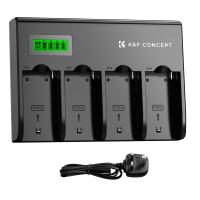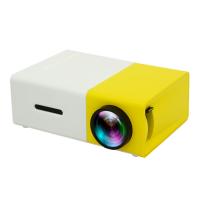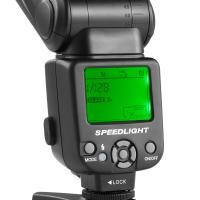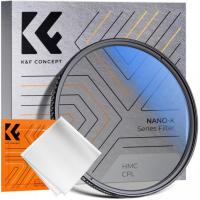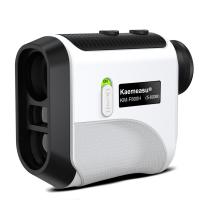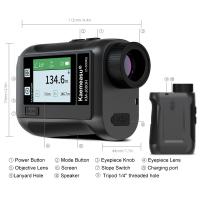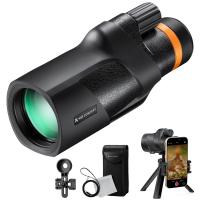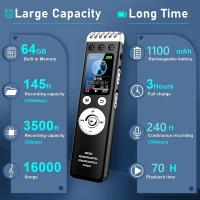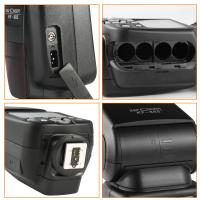Which Lighting Temperature For Studio?
Choosing the right lighting temperature for a studio is a critical decision that can significantly impact the quality of your work, whether you are a photographer, videographer, or content creator. The lighting temperature, measured in Kelvin (K), affects the mood, tone, and color accuracy of your images and videos. In this article, we will delve into the various aspects of lighting temperature, its importance, and how to select the best one for your studio needs.
Understanding Lighting Temperature

Lighting temperature refers to the color characteristics of a light source. It is measured in Kelvin (K) and ranges from warm (yellowish) to cool (bluish) tones. Here is a general breakdown of lighting temperatures:
- Warm Light (2000K-3000K): This range produces a yellowish, cozy light similar to incandescent bulbs. It is often used in residential settings to create a warm and inviting atmosphere.
- Neutral Light (3500K-4500K): This range offers a balance between warm and cool tones, providing a more natural light that is often used in office environments and some studio settings.
- Cool Light (5000K-6500K): This range produces a bluish, daylight-like light that is ideal for tasks requiring high color accuracy, such as photography and videography.
Why Lighting Temperature Matters
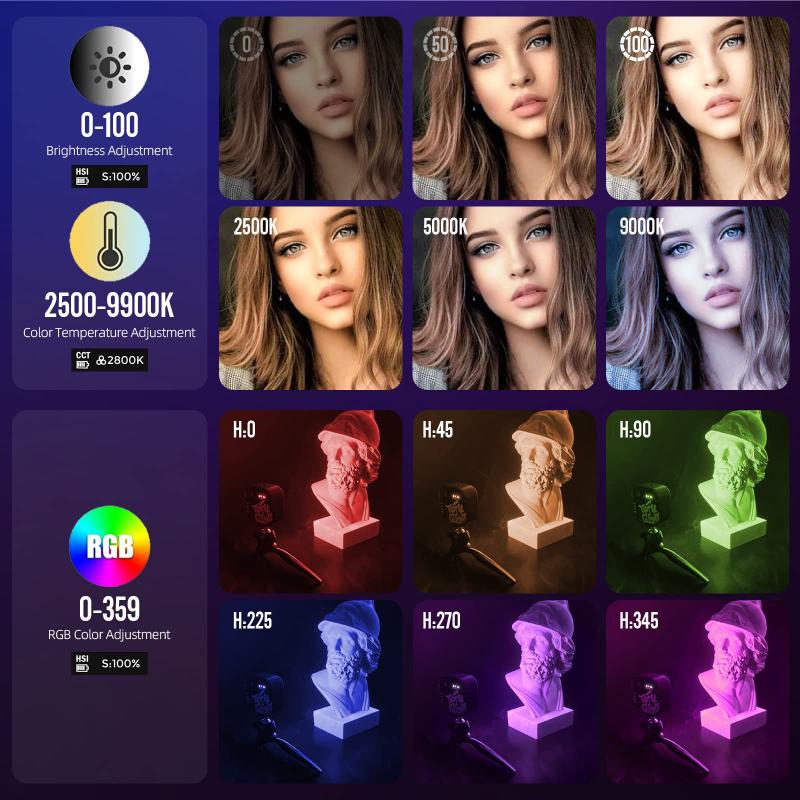
The choice of lighting temperature can affect various aspects of your work:
1. Color Accuracy: Different lighting temperatures can alter the way colors appear in your images or videos. For instance, a warm light may make colors appear more yellow or orange, while a cool light can make them look more blue.
2. Mood and Tone: The lighting temperature can set the mood and tone of your work. Warm lighting can create a cozy, intimate atmosphere, while cool lighting can evoke a sense of professionalism and clarity.
3. Consistency: Maintaining a consistent lighting temperature is crucial for achieving a uniform look across your work. Inconsistent lighting can lead to color mismatches and an unprofessional appearance.
Choosing the Right Lighting Temperature for Your Studio
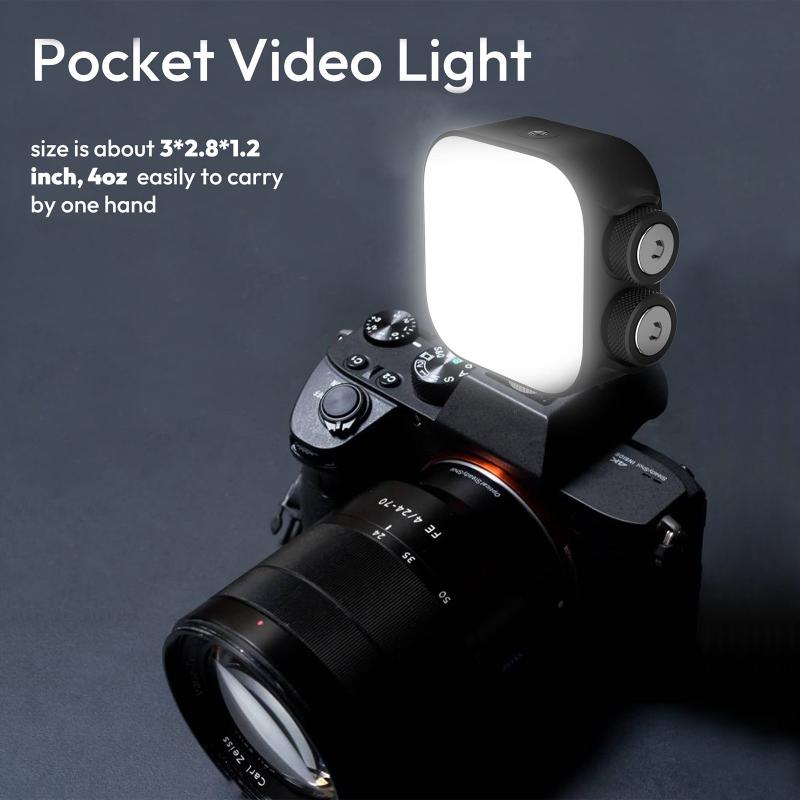
The ideal lighting temperature for your studio depends on the type of work you do and the atmosphere you want to create. Here are some guidelines to help you make an informed decision:
Photography
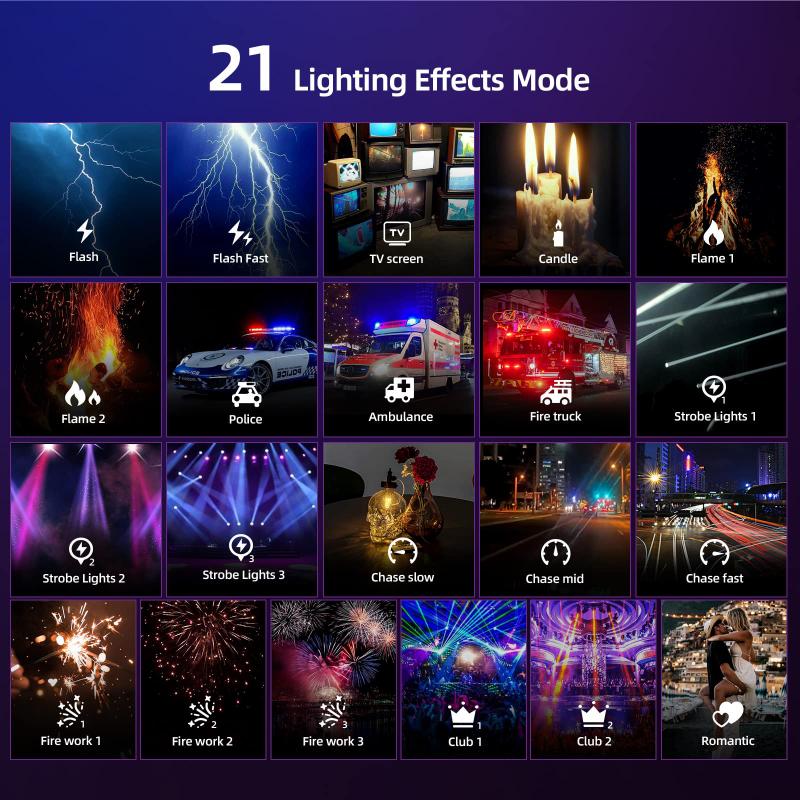
For photography, especially product and portrait photography, color accuracy is paramount. A lighting temperature in the range of 5000K to 5500K is often recommended. This range mimics natural daylight and ensures that colors are rendered accurately. If you are shooting in a controlled studio environment, using daylight-balanced lights can help you achieve consistent results.
Videography
In videography, the lighting temperature can significantly impact the mood and tone of your footage. For most professional video work, a lighting temperature of around 5600K is ideal. This is because it closely resembles natural daylight, providing a neutral and balanced light that works well in various settings. However, if you are shooting a scene that requires a specific mood, you may need to adjust the lighting temperature accordingly. For example, a warmer light (around 3200K) can create a more intimate and cozy atmosphere, while a cooler light (around 6500K) can evoke a sense of sterility and professionalism.
Content Creation
For content creators, such as YouTubers and live streamers, the lighting temperature can affect the overall look and feel of your videos. A lighting temperature of around 5500K is generally a good starting point, as it provides a natural and balanced light that works well for most types of content. However, you may need to adjust the lighting temperature based on your specific needs and the type of content you are creating. For example, if you are creating beauty tutorials, you may want to use a slightly warmer light to enhance skin tones.
Practical Tips for Studio Lighting
1. Use Adjustable Lights: Investing in lights with adjustable color temperatures can give you more flexibility in your work. This allows you to fine-tune the lighting to match your specific needs and achieve the desired look.
2. Color Calibration: Regularly calibrate your camera and monitor to ensure that the colors you see on screen match the actual colors in your images or videos. This is especially important if you are working with different lighting temperatures.
3. Light Modifiers: Use light modifiers, such as softboxes, diffusers, and reflectors, to control the quality and direction of light. These tools can help you achieve a more professional and polished look.
4. Consistent Lighting: Maintain consistent lighting throughout your shoot to ensure uniformity in your work. This is particularly important for product photography and videography, where color accuracy is crucial.
Choosing the right lighting temperature for your studio is essential for achieving professional-quality work. Whether you are a photographer, videographer, or content creator, understanding the impact of lighting temperature on color accuracy, mood, and consistency can help you make informed decisions. By selecting the appropriate lighting temperature and using the right tools and techniques, you can enhance the quality of your work and create a more professional and polished look.
In summary, for most studio work, a lighting temperature in the range of 5000K to 5600K is ideal, as it provides a neutral and balanced light that closely resembles natural daylight. However, depending on your specific needs and the type of work you do, you may need to adjust the lighting temperature to achieve the desired look and feel. By following the guidelines and tips outlined in this article, you can make informed decisions and create high-quality work that meets your professional standards.

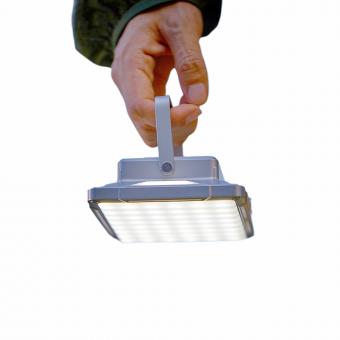
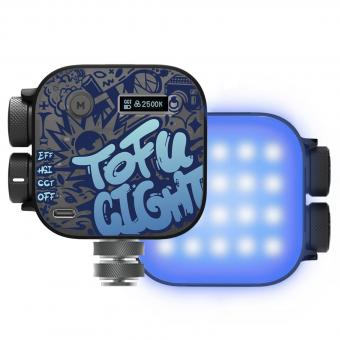
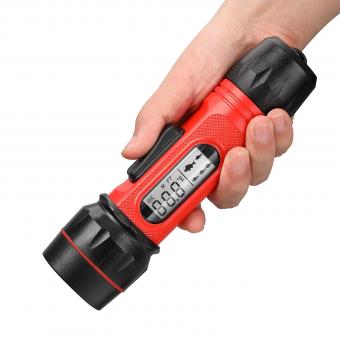
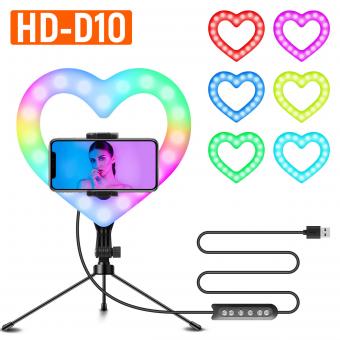


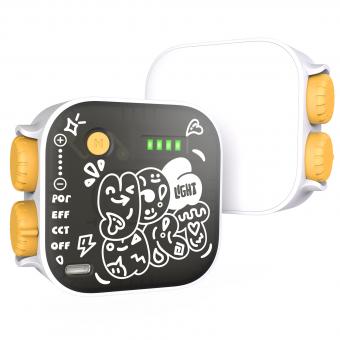
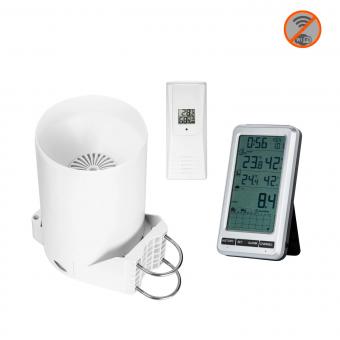



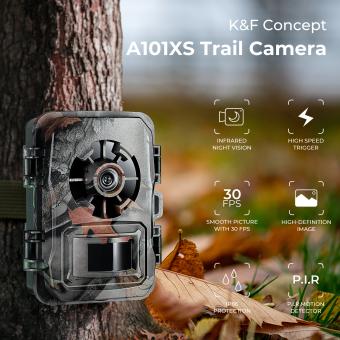






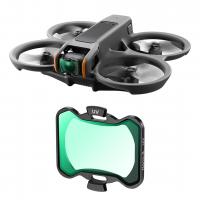
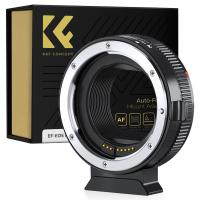
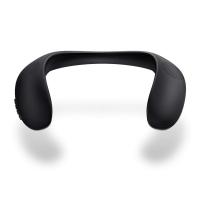
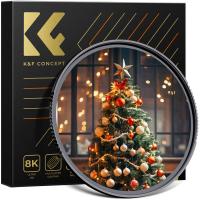
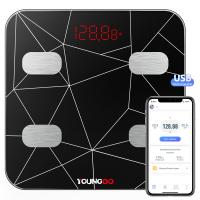


![K&F Concept Selfie Ring Light with Cell Phone Holder for Live Stream and Makeup, LED Light [3-Light Mode] [10-Level Brightness] with Remote Control and Flexible Hose Bracket for iPhone Android【Ship to the US Only】 K&F Concept Selfie Ring Light with Cell Phone Holder for Live Stream and Makeup, LED Light [3-Light Mode] [10-Level Brightness] with Remote Control and Flexible Hose Bracket for iPhone Android【Ship to the US Only】](https://img.kentfaith.com/cache/catalog/products/us/KF34.001/KF34.001-1-200x200.jpg)
